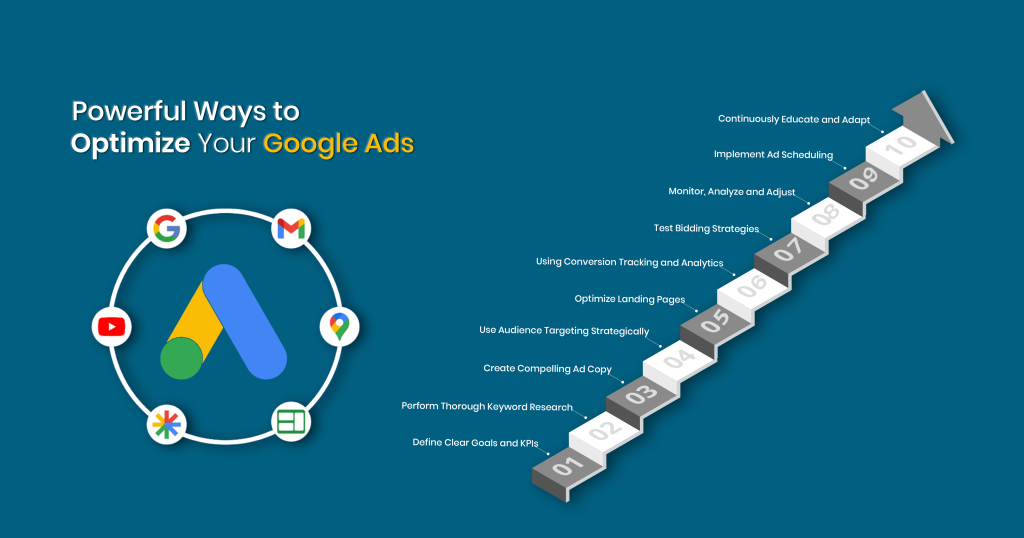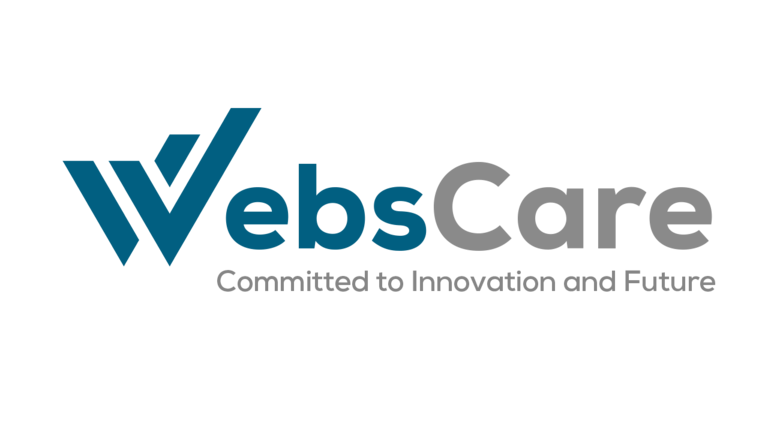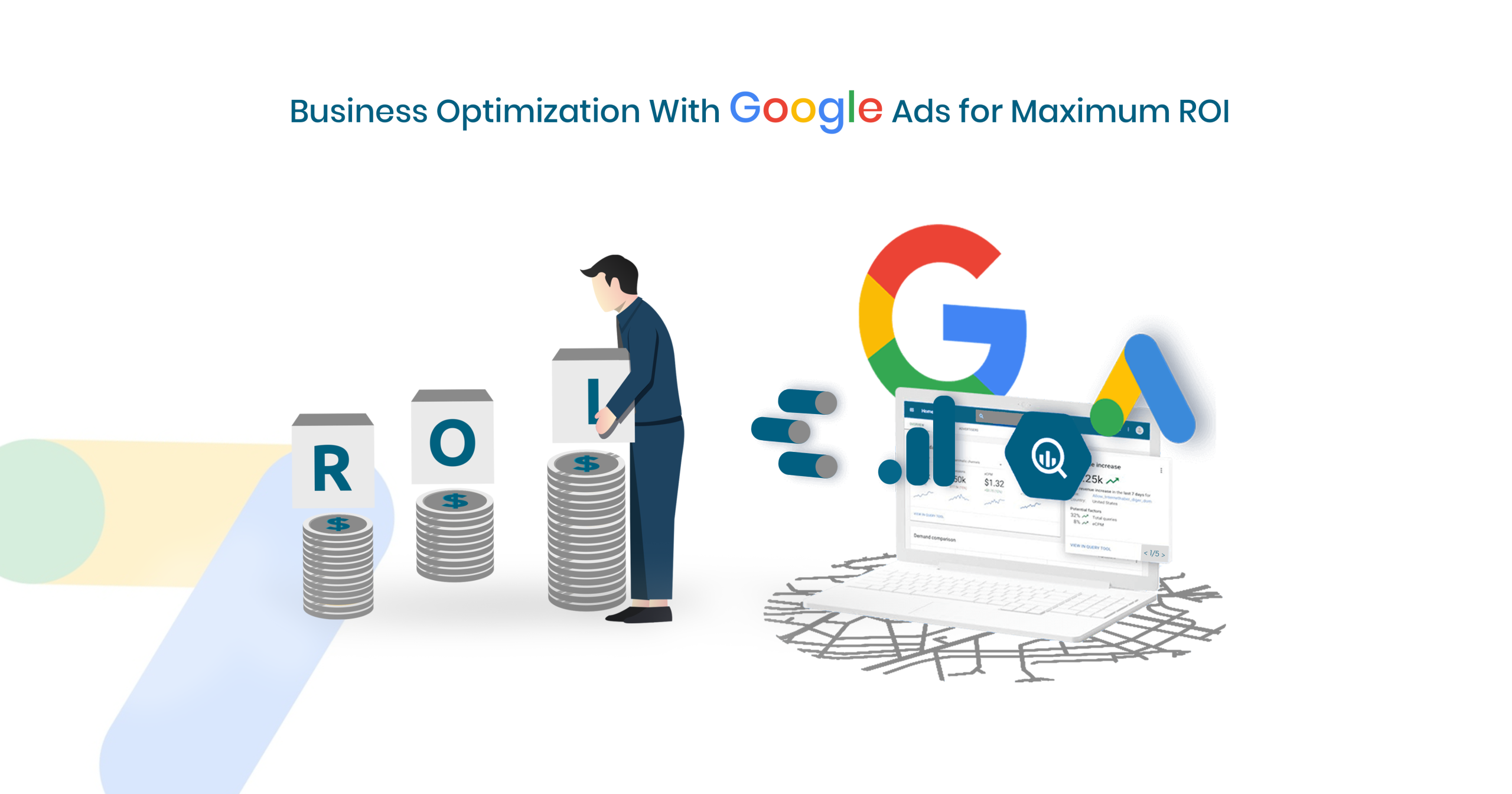Google Ads is one of the most powerful advertising platforms available, allowing businesses to precisely reach their ideal customers. However, simply launching a campaign isn’t enough. To truly benefit, businesses must strategically optimize their ads for maximum return on investment (ROI). According to recent data, users are 155% more likely to search for a brand-specific term after seeing related display ads. To optimize Google Ads for maximum ROI, focus on a multi-faceted approach that includes refining keyword strategy, creating compelling ad copy, ensuring a smooth landing page experience and strategically using bidding strategies and targeting options.
This involves analyzing your audience’s search intent, refining ad copy to capture attention and optimizing the user experience on your landing page to encourage conversions. In this article, our Tashheer research team will explore actionable strategies to help you get the most value from your Google Ads campaigns.
How to maximize your ROI with expert PPC advertising strategies in Pakistan. Let’s read more about it.
Importance of Google Ads for businesses
Google Ads plays an important role in modern digital marketing by giving businesses immediate visibility in search results and across the web. With billions of daily searches on Google, it allows businesses to reach potential customers precisely when they are searching for related products or services. Unlike traditional advertising, Google Ads offers advanced targeting options such as keywords, demographics, location and device type, ensuring your message reaches the right audience. Its pay-per-click model means you only pay when someone clicks your ad, making it cost-effective and measurable. For businesses of all sizes, Google Ads provides a scalable platform to drive traffic, generate leads and boost sales with clear performance data to guide strategic decisions.
Powerful Ways to Optimize Your Google Ads for Maximum Impact
There are different ways to optimize your google Ads for maximum impact

Laying a Strong Foundation and Keyword Research
A successful Google Ads campaign begins with a strong foundation in keyword research and precise audience targeting. Understanding what potential customers are searching for is key to connecting with the right audience at the right time. Comprehensive keyword research should go beyond broad terms by using tools like Google Keyword Planner, SEMrush or Ahrefs to identify a strategic mix of broad match keywords (to attract a wider audience), phrase match keywords (for specific phrases and their variations) and exact match keywords (to target users searching precisely for your offerings). ‘
Equally important is the use of negative keywords to filter out irrelevant searches and avoid wasting ad spend, for example, excluding the term “used” if you only sell new cars. Refined audience targeting enhances this strategy further with options such as demographic targeting (age, gender, income), interest and behavior-based targeting, in-market audiences actively researching related products and custom audiences derived from website visitors or customer lists. Plus, location targeting ensures your ads appear only in the geographic areas where your ideal customers are located.
Create Compelling Ad Copy
Your ad copy is the first impression you make on potential customers. Once you are targeting the right people, your ad copy needs to grab their attention and entice them to click. Make it count by:
Including the main keyword in the headline
- Ensure your ad copy directly reflects the keywords you’re bidding on and the user’s search intent.
- Highlight the advantages of your product or service and how it solves the user’s problem. Use strong calls to action (CTAs) like “Learn More,” “Shop Now,” or “Get a Free Quote.”
- Clearly stating the unique value proposition
- Clearly communicate what makes your business stand out from the competition.
- Using strong calls-to-action (CTAs) like “Get a Free Quote,” “Shop Now,” or “Try for Free”
- Use ad extensions (sitelinks, callouts, structured snippets, price extensions, etc.) to provide additional information and increase your ad’s visibility.
- Test multiple versions of your ads (A/B testing) to see which headlines and descriptions perform best.
How Are Small Businesses Driving the Growth of Pakistan’s IT Sector? Let’s read more about it.
Use Audience Targeting Strategically
Strategic audience targeting in Google Ads is essential for improving ad performance and maximizing your return on investment. Rather than showing your ads to everyone, audience segmentation ensures that your ads are displayed to users who are most likely to be interested in your products or services, those who are more likely to convert. This approach helps you avoid wasting budget on irrelevant clicks and improves the efficiency of your campaigns. Google Ads offers several audiences targeting options, including
Demographics
You can target users based on specific attributes such as age, gender, household income and parental status. For example, if you are selling luxury watches, you might focus on higher income brackets and specific age groups.
In Market Audiences
Google collects data about users’ browsing behavior, allowing you to target people based on their interests (like fitness, travel or technology) or those actively researching or intending to buy products or services.
Re marketing
This involves targeting users who have already visited your website or interacted with your ads. These users are already familiar with your brand, making them more likely to convert when shown tailored follow-up ads.
Optimize Landing Pages
Driving traffic to your site is only half the battle; your landing page must seal the deal. Your landing page needs to be optimized to convert those clicks into valuable actions (e.g., purchases, sign-ups, inquiries). Ensure your landing page content aligns perfectly with your ad copy and the user’s search query. Make it obvious what you want users to do on your landing page. A high-converting landing page can drastically improve your ROI.
Ensure your landing page should:
- Loads quickly (within 3 seconds)
- The user interface should be mobile-friendly
- Matches the ad’s message and keywords
- Has a clear and persuasive CTA
- Includes trust signals (testimonials, security badges, etc.)
- Use prominent buttons and concise instructions.
Strategic Bidding and Budget Management
Effectively managing your bids and budget is essential for maximizing ROI. Test different strategies to find what aligns best with your budget and goals. Start with manual bidding for control, then move to automated strategies once you have enough data.
- Google Ads offers various automated and manual bidding strategies (e.g., Maximize Clicks, Target CPA, Target ROAS, Manual CPC). Select the strategy that aligns with your campaign goals.
- Track key metrics like Cost Per Click (CPC), Click-Through Rate (CTR), Conversion Rate and Cost Per Acquisition (CPA).
- Increase bids for high-performing keywords and decrease bids for underperforming ones. Consider dayparting to adjust bids based on the time of day.
- Distribute your budget strategically across campaigns and ad groups based on their performance and potential.
Monitor, Analyze and Adjust
Google Ads optimization is not a one-time task; it is an ongoing process. Use Google Ads reports and Google Looker Studio (formerly Data Studio) to visualize data and track progress.
- Consistently monitor your campaign performance data within the Google Ads interface.
- Experiment with different ad copy, landing pages and bidding strategies to identify what resonates best with your audience.
- Integrate Google Analytics with your Google Ads account to gain deeper insights into user behavior after they click your ads.
- The Google Ads platform is constantly evolving. Stay informed about new features and best practices.
Smart Scheduling and Continuous Learning
Optimizing your ad performance goes beyond setup, it requires strategic timing and ongoing education. Implementing ad scheduling ensures your ads appear during peak business hours or when your audience is most active, allowing you to increase bids during high-converting times and avoid unnecessary spend during low-performance periods. This approach significantly improves ROI by focusing your budget where it counts. Equally important is staying current in the ever-evolving digital industry. By keeping up with Google Ads updates, enrolling in online training (like Google Skillshop or Coursera) and analyzing competitor strategies through tools like SpyFu or AdBeat, businesses can adapt quickly, make smarter decisions and maintain a competitive edge.
How to use PPC Advertising to drive more leads in Pakistan? Let’s read more about the use of PPC Advertising.
Conclusion
Optimizing Google Ads for maximum ROI is a blend of science and strategy. It requires continuous testing, in-depth analysis and a willingness to adapt. Google Ads can deliver results quickly, unlike traditional advertising methods that may take longer to see an impact. By implementing the steps outlined above, your business can not only improve its ad performance but also achieve sustainable growth in a competitive digital industry. From conducting detailed keyword research and crafting persuasive ad copy to optimizing landing pages and using smart bidding and targeting techniques, every element of your campaign plays an important role in its success. Moreover, staying agile through regular monitoring, A/B testing and continued learning helps your business stay ahead of trends and competitors.


